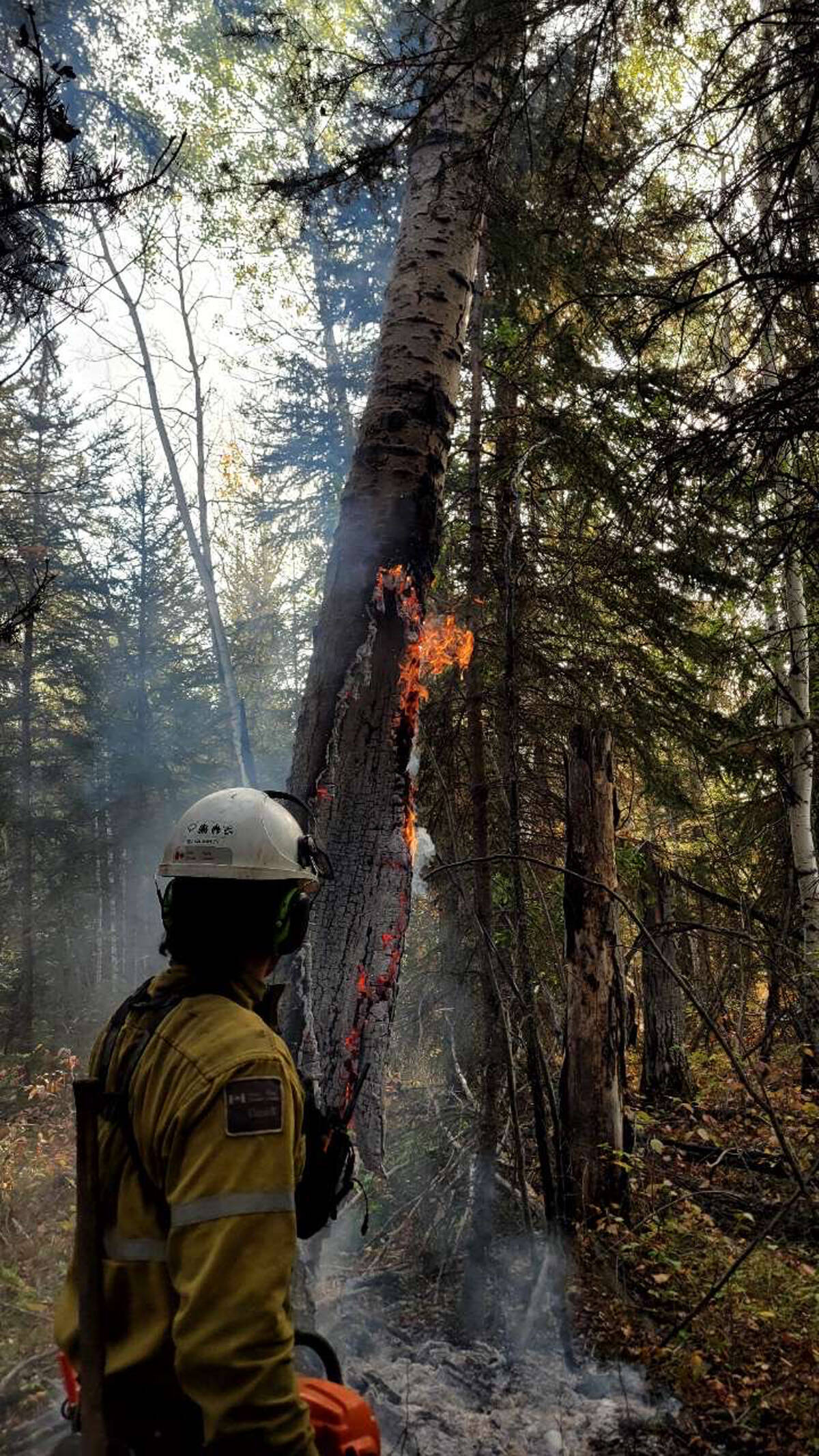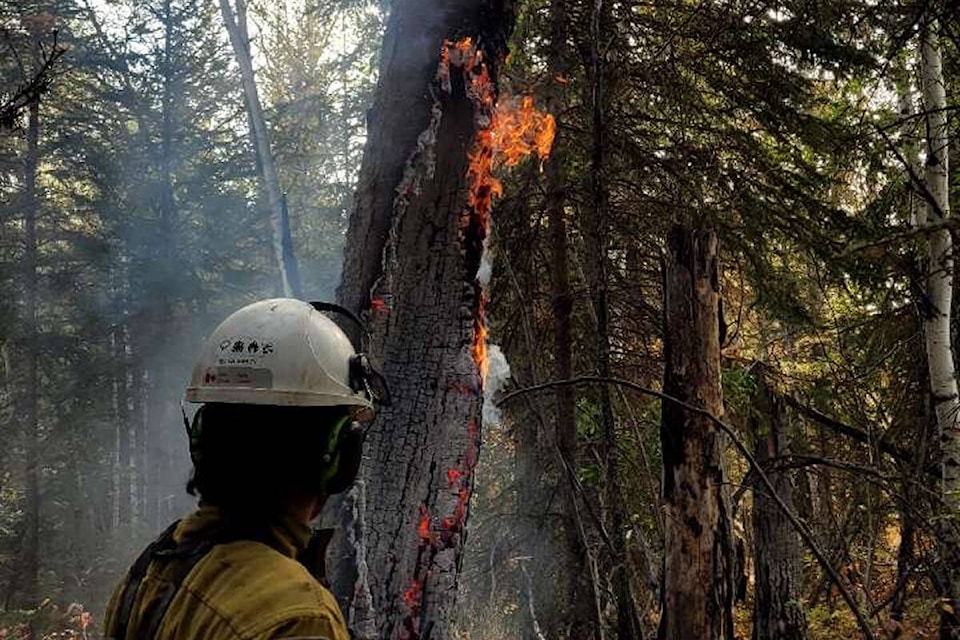
Northwest Territories Power Corporation has received approval to re-energize Fort Smith and the surrounding communities that have spent weeks in the dark.
An announcement was posted to NTPC’s social media feed at 2:50 p.m., Sept. 8.
“The GNWT Electrical Inspector has accepted NTPC’s re-energization plan for Fort Smith and surrounding area,” says the announcement. “There are buildings in in Fort Smith as well as customers in Bell Rock, Salt River and Thebacha who have been without power for several weeks. De-energization in these areas was necessary to ensure power was maintained to key facilities identified by the Local Emergency Response Organization and to help keep firefighters safe in active fire zones.
“The first step in the re-energization plan will be to bring additional generation capacity at the local power plant online and then to restore power to GNWT and community infrastructure and commercial buildings. Restoration of other areas will occur following a thorough line patrol to ensure there are no tree branches contacting the lines and when the Department of Environment and Climate Change informs us that re-energization will not increase risk to firefighters working in those areas.”
A unified command has been battling the Wood Buffalo Complex for over a month. The complex has grown to 473,723 hectares at last count and is being fought by 362 personnel including 59 pieces of heavy equipment, 18 helicopters and 186 firefighters and structure protection specialists.
Extreme drought conditions in the area are largely responsible for the massive wildfire. Wood Buffalo National Park wildfire information officer Alyssa Etsell said the drought level for the area is currently 1,100 — anything above 370 is considered extreme drought.
“Today, the forecast calls for a high of 20C and 35% relative humidity,” she said in the Sept. 8 update. “Winds will be southeast turning easterly in the evening at 10 kilometers per hour, gusting 15-20 km/hr. There is no significant precipitation in the short-term forecast.”
Etsell said most of the hot spots along the eastern side of Highway 5 have been extinguished, as well as along the perimeter line south of Fort Smith.
Smoky conditions have limited how much helicopters can fly during the containment effort. Etsell noted most of the progress has been made on the ground.
“A 20-pack of firefighters is working along the eastern perimeter lines within and just outside of the Wood Buffalo National Park boundary, extinguishing active hot areas of the fire,” she said in the update on Fort Fitzgerald. She also gave an update on Foxholes Road. “Crews continue to work off Foxholes Road in several areas to suppress the fire perimeter and extinguish hot spots.
“They are also working off a containment line constructed near Grand Detour Road to directly suppress the fire. Yesterday, some ignition was conducted to tie the perimeter of the fire in one place into Foxholes Road. If ideal conditions are met today, a controlled burn may be conducted to tie the perimeter of the fire into on place along Foxholes Road.”
Fort Smith and Fort Fitzgerald remain under evacuation order and a state of local emergency.
